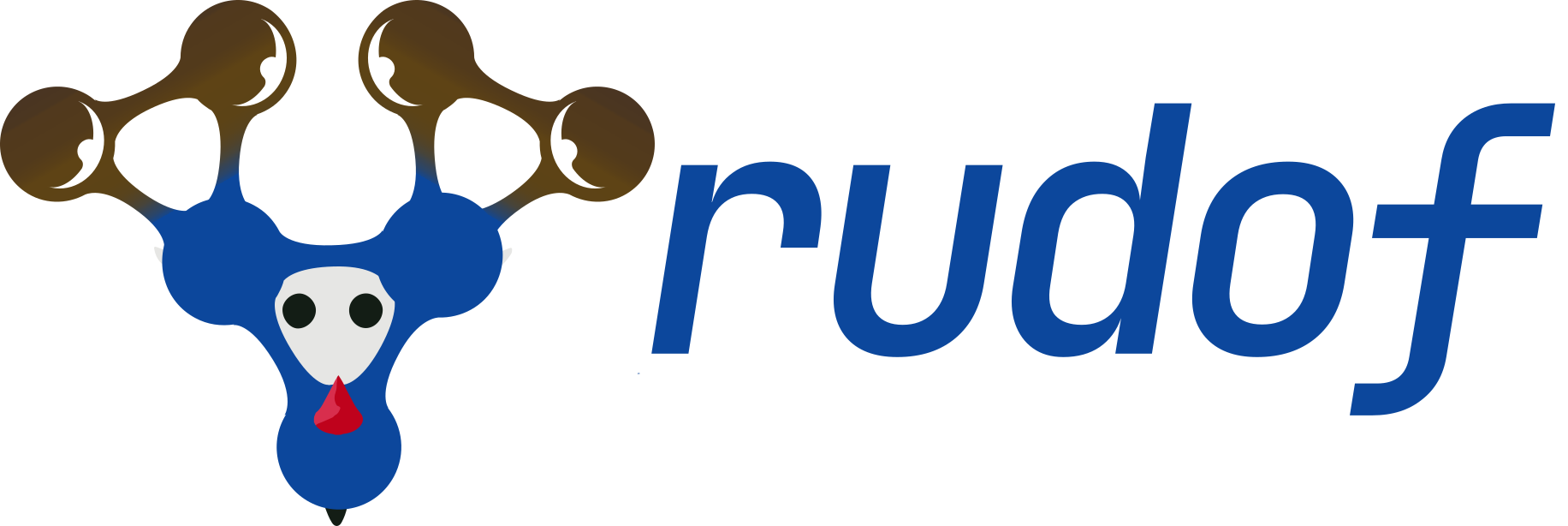convert: RDF Data model conversions
rudof supports conversion between different RDF Data modeling technologies using the convert command.
At this moment, we have implemented some converters listed in the table below.
| From | To |
|---|---|
| DCTAP | ShEx |
| DCTAP | UML |
| DCTAP | HTML |
| SHACL | ShEx |
| ShEx | UML |
| ShEx | HTML |
The convert command requires 7 main arguments; namely:
--input-mode(-mfor short), where the user introduces the input technology.--export-mode(-xfor short), where the user introduces the output technology.--format(-ffor short), where the user defines the input file format (serialization-wise).--result-format(-rfor short), where the user defines the output file format (serialization-wise).--source-file(-sfor short), where the user passes the input file path.--output-file(-ofor short), where the user passes the output file path.--config(-cfor short), where the user passes the config file path.
Note that there's a difference between mode and format. While the first allows users to select the RDF technology; namely, DCTAP, SHACL or ShEx, the second allows users to define the actual serialization format employed; e.g. ShEx can be serialized using compact syntax (ShExC) or JSON (ShExJ).
Prerequisites
In case you want to generate the UML diagrams, PlantUML needs to be installed, as the generation of SVG or PNG images is based on it.
So you must download the command line JAR file.
Once downloaded, set the environment variable PLANTUML to point to that file.
PlantUML also requires Java 8 or higher to be installed. You can check if you Java is already installed by running the following command.
java --version
For sucessfully following the examples provided, download the files from the Github repository.
curl -o book.csv https://raw.githubusercontent.com/rudof-project/rudof/refs/heads/master/examples/dctap/book.csv
curl -o simple_shacl.ttl https://raw.githubusercontent.com/rudof-project/rudof/refs/heads/master/examples/simple_shacl.ttl
curl -o simple.shex https://raw.githubusercontent.com/rudof-project/rudof/refs/heads/master/examples/simple.shex
Configuration files
Configuration files can be used to pass additional parameters to the conversion process. In the Github repository, an example configuration file is provided. Note that those are TOML files.
curl -o config.toml https://raw.githubusercontent.com/rudof-project/rudof/refs/heads/master/examples/dctap/book_converter_config.toml
Whose contents are described below.
[tap2shex]
base_iri = "http://example.org/"
[tap2shex.prefixmap]
dct = "http://purl.org/dc/terms/"
rdf = "http://www.w3.org/1999/02/22-rdf-syntax-ns#"
foaf = "http://xmlns.com/foaf/0.1/"
xsd = "http://www.w3.org/2001/XMLSchema#"
sdo = "https://schema.org/"
ex = "http://example.org/"
From DCTAP
DCTAP is an RDF data model technology developed at the Dublin Core Application Profiles Working Group which aims for providing a way to represent application profiles in the form of tables.
From DCTAP to ShEx
It is possible to convert from a DCTap (CSV) to ShEx. In the first example, the most simple DCTap to ShEx schema conversion is described.
rudof convert -m dctap -s book.csv -f csv -x shex
However, the converter contains a parameter that can be used to add configuration information (--config).
For example, instead of the basic prefix map, we can use custom prefix map declarations as follows.
Refer to the Configuration files section.
rudof convert -s book.csv -m dctap -x shex -f csv -c config.toml
From DCTAP to UML
Conversion for DCTap (CSV) to UML-like visualizations is possible.
In fact, it is possible to serialize the resulting diagram in two possible formats, namely, svg and png.
For indicating rudof the desired format use the --result-format (-r for short) argument.
To generate svg visualizations it can be done as follows:
rudof convert -s book.csv -m dctap -x uml -f csv -r svg -o simple.svg
To generate png visualizations it can be done as follows:
rudof convert -s book.csv -m dctap -x uml -f csv -r png -o simple.png
From DCTAP to HTML
TBD
From SHACL
From SHACL to ShEx
It is possible to convert between a subset of SHACL shapes to ShEx schemas. As an example, the following command:
rudof convert -m shacl -x shex -s simple_shacl.ttl -f turtle -o simple.shex
The converter only works for a subset of SHACL. This is a work-in-progress feature and the following issue is expected to document the subset of SHACL supported.
Specifying base IRI to handle relative IRIs
If the RDF data contains relative IRIs, it is necessary to resolve them by specifying a base IRI. It can be done by providing a base declaration in the rdf_data entry of the configuration file. For example, assuming the configuration file contains examples/config/data_config.toml
[rdf_data]
base = "http://example.org/"
it is possible to specify the conversion as:
rudof convert -m shacl -x shex -s simple_shacl.ttl -f turtle -o simple.shex -c examples/config/data_config.toml
From ShEx
From ShEx to UML
As in the case of DCTap, it is possible to convert from a simple ShEx schema to UML like visualization in svg and png.
To generate svg visualizations it can be done as follows:
rudof convert -s simple.shex -m shex -x uml -r svg -o simple.svg
To generate png visualizations it can be done as follows:
rudof convert -s simple.shex -m shex -x uml -r png -o simple.png
From ShEx to HTML
It is possible to convert from ShEx schema to a set of HTML pages representing the schema.
The content of the HTML pages can be customized using Jinja templates. The generated pages will be stored in an output folder that must be specified with the --target option.
rudof convert -s simple.shex -m shex -x html -t output-folder -e templates-folder
The HTML pages that are generated can be highly configured as
rudof's approach is based on templates. Thus, it takes a set of default templates which define the appearance of the resulting HTML. However, it is possible to use customized templates based on the minininja template engine.
